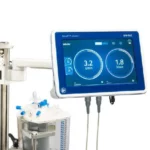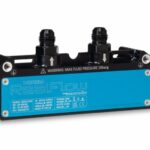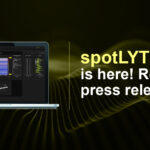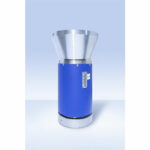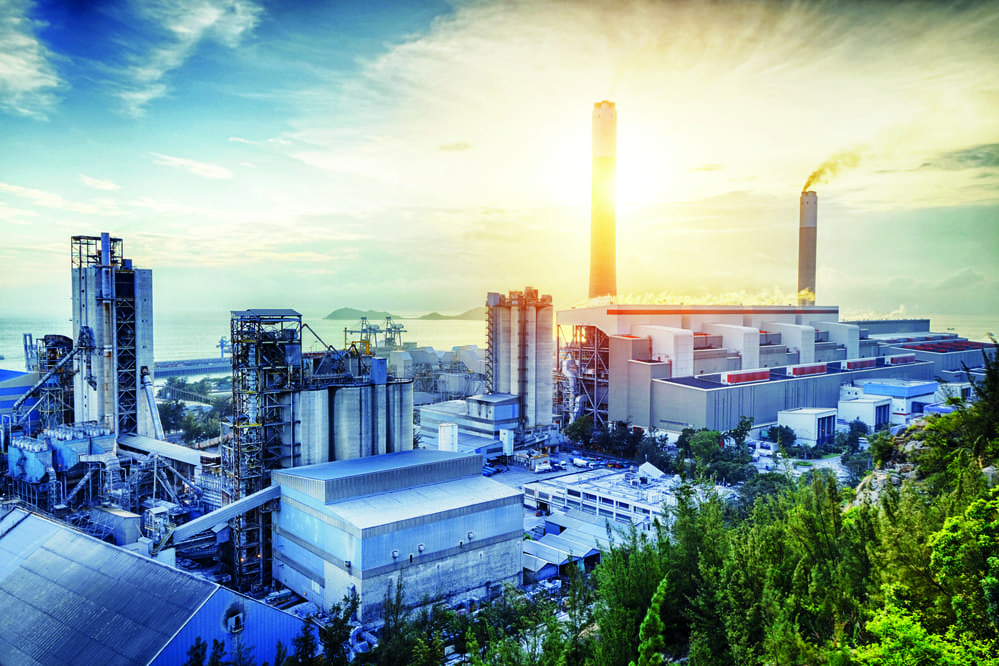
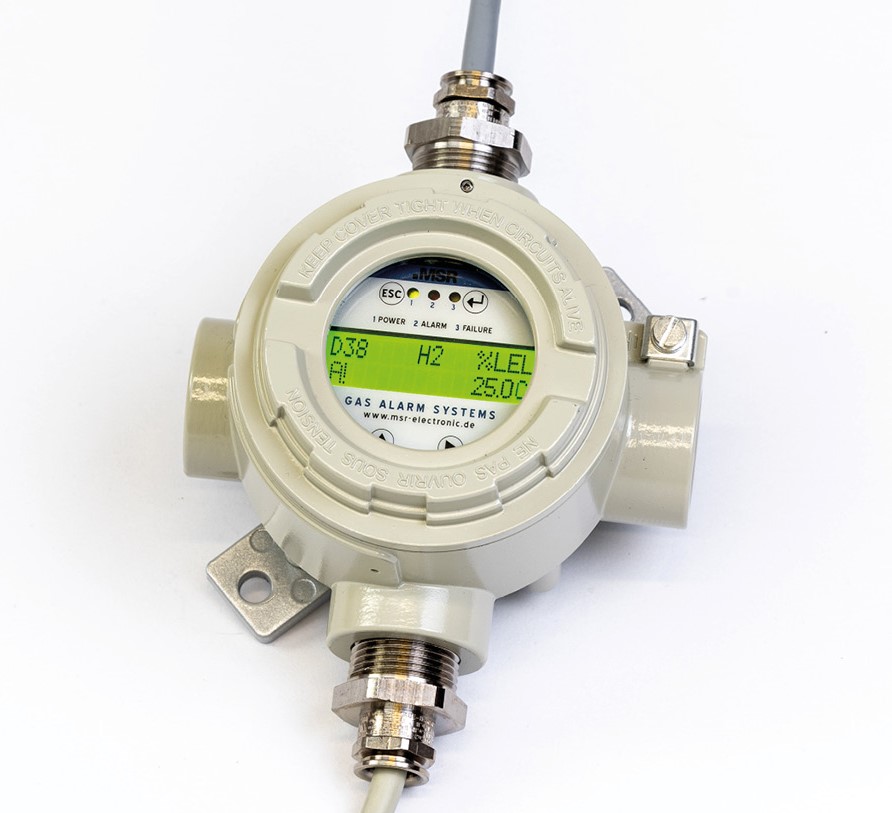
The SIL2 certified PolyXeta®2 product series from MSR-Electronic makes it possible to place only the ATEX-certified sensor head in the hazardous zone and to lead it with the associated ATEX cable out of the hazardous zone to a board or controller in order to carry out the evaluation of the sensor there.
Thanks to the X-Change technology, calibration can be carried out by simply exchanging the gas sensor or by using the integrated, convenient calibration routine directly on the system.
Wherever combustible liquids or gases are processed in industry, explosive air mixtures can occur. This can happen in production, transport and storage in many branches of industry, such as the chemical industry, oil and gas production, H2 mobility and in the marine and offshore sector.
When handling hazardous substances, special protective measures are imperative. Here, MSR-Electronic protects the health of employees and equipment under extreme industrial conditions. This protection requires constant monitoring and measurement of toxic and combustible gases and vapours. Furthermore, continuous monitoring for oxygen deficiency and excess must take place.
MSR-Electronic has a wide range of methods for the permanent detection of gases. On this basis, MSR develops individual gas sensors, controllers and warning devices for industrial applications where extreme environmental conditions prevail. Of course, this also applies to Ex zones 1 and 2.
Gas Detection with ATEX Gas Sensors Using the Example of H2 Research, H2 production, H2 transport or H2 mobility
The areas of application for hydrogen as an energy carrier of the future are numerous. Besides its use in welding or as fuel for rockets, the focus is currently mainly on the automotive sector. Hydrogen combustion engines or fuel cells are expected to replace fossil fuels in the foreseeable future.
H2 is a very reactive gas, which makes continuous monitoring by a H2 gas alarm system throughout its life cycle imperative. Leaks can occur at any time during research work, on test benches and during the production of the gas. This would cause catastrophic damage in the event of ignition. Gas detectors must also be used during transport and at filling stations.
In addition, MSR-Electronic has the following necessary approvals:
- International approvals MED and DNV for gas monitoring in shipping
- Metrological approval for the use of gas detectors in ATEX zones 1/2

